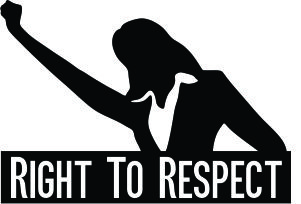How should employers address sexual harassment complaints in the workplace?
Sexual harassment complaints do not only occur between coworkers or supervisors and employees, they can occur between an employee and independent contractors or customers.
An employer or business owner must take swift action anytime sexual harassment complaints arise because time is of the essence. This is especially true nowadays where businesses are constantly seeing their employees post the hashtag “metoo” on social media.
Sexual harassment is any offensive conduct that an employee perceives as intimidating or hostile. It generally involves offensive conduct of a sexual nature. A few examples of sexual harassment include unwelcome advances, inappropriate touching, lewd jokes, or posters hanging on office walls that contain images of a sexual nature.
When an employer is confronted with a complaint of sexual harassment, it’s important that they take the complaint seriously and follow these steps to promptly investigate any allegations.
1. Employers should speak with an attorney prior to investigating if they are unsure on any aspect of the matter or if they have any challenging issues. Employers must determine if their managers can handle the complaint or if they need to hire an independent investigator. Complaints against higher ups and executives may require independent investigators.
2. Open an investigation into the sexual harassment complaint. Choose two non-involved managers to investigate. One of the two must be knowledgeable on harassment laws and company policies.
3. On manager should conduct private interviews while the other manager takes notes in writing. Begin with interviewing the complainant. Ask for an account of what had happened and take thorough notes on the interview. Add a list of witnesses and have the complainant to sign and date a copy of the notes, confirming that the notes taken accurately show their version of events.
4. Conduct an interview for the accused. Take notes on their version of events and compile a list of witnesses for the accuser to sign and date.
5. Interview witnesses and determine credibility. Check timelines, look for witness corroboration, ask about prior accuser misconduct, and watch camera recordings if available. If necessary, consult with counsel before making a decision. Based on findings, make a determination as to whether or not sexual harassment occurred.
6. Take appropriate disciplinary action. Even if no evidence was found to prove sexual harassment occurred, it may be beneficial to reassign employees to avoid future issues. Additionally, take steps to assure that the entire workplace will not engage in harassment in the future. This can be accomplished by sending all employees updated company policies on sexual harassment and/or by offering yearly training that covers harassment in the workplace.
For more information about handling sexual harassment complaints in the workplace, send us a message.















Comments